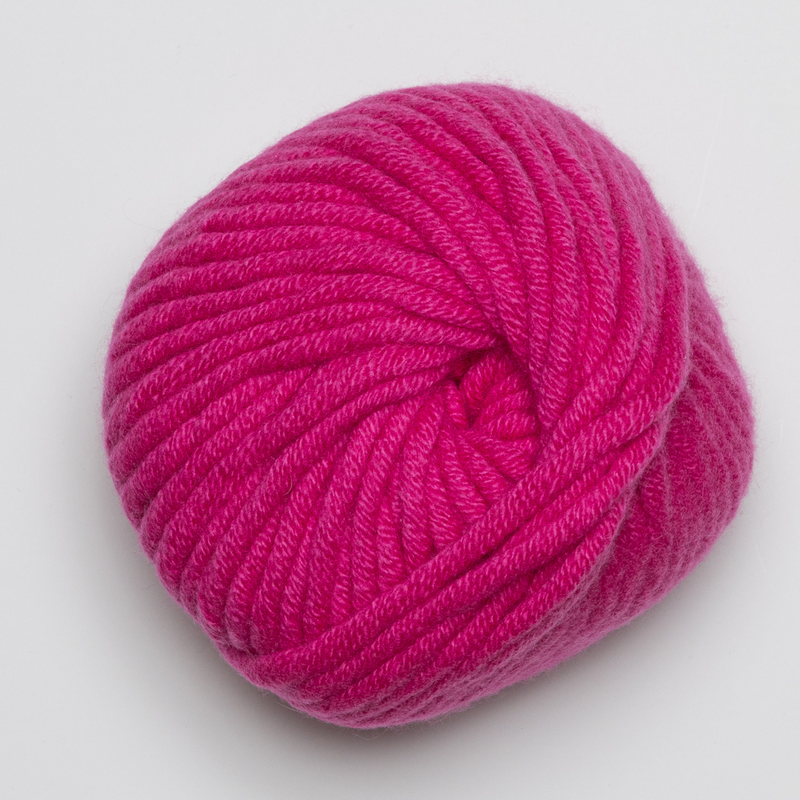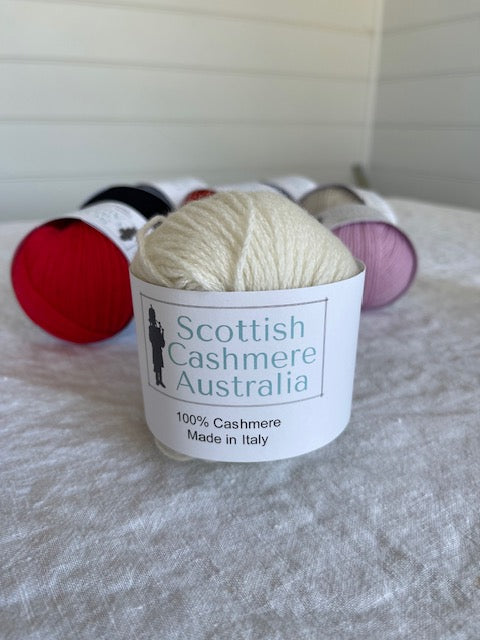Understanding the Distinct Qualities of cashmere fibre for Unmatched Comfort
Understanding the Distinct Qualities of cashmere fibre for Unmatched Comfort
Blog Article
The Relevance of Cashmere a Natural Fiber: A Guide to Lasting Style Selections
The apparel industry, notorious for its substantial ecological footprint, is progressively changing towards even more sustainable products and methods. Amongst these, cashmere, an all-natural fiber sourced from Kashmir goats, stands out for its environment-friendly manufacturing procedure, resilience, and classic charm. As consumers, the choice to go with cashmere garments can result in a considerable reduction in vogue's ecological impact while including unsurpassed convenience and design to one's closet. However, understanding the complexities of cashmere and its sustainable production process is essential to value its significance totally.

Recognizing Cashmere: a Closer Consider Its Beginnings
Revered for its luxurious gentleness and heat, cashmere stands for the epitome of polished convenience worldwide of materials. It originates from the crude, fluffy undercoat of the Kashmir goat, primarily found in extreme environments of Mongolia, China, and India. Strikingly, each goat returns simple 150 grams of the valuable fiber yearly, after a difficult process of combing and sorting. This explains the high value cashmere commands in the market. Its shortage, combined with the extensive labor needed for its manufacturing, adds to its exclusivity. The all-natural insulation properties of cashmere likewise make it a favored for wintertime fashion. Regardless of its delicate look, cashmere is incredibly long lasting, offering the perfect mix of luxury and longevity.
The Lasting Manufacturing Process of Cashmere
While the deluxe and appeal of cashmere are undeniable, the approaches of its production also hold considerable importance. The sustainable production of cashmere includes a eco-friendly and careful process. The fibers are gathered each springtime from goats in Mongolia and China without triggering injury to the animals. Each goat generates simply a few ounces of the valuable fiber, ensuring its rarity and value. The fibers are after that sorted by hand, cleaned up, and rotated into thread, a process that requires marginal equipment and adds to local economies. This cautious, moral process minimizes environmental influence and promotes the longevity of the cashmere-producing goat populaces. Therefore, picking cashmere is not simply a fashion statement, but likewise a mindful selection for sustainable living.
Cashmere and Longevity: A Long-lasting Fashion Investment
Along with its lasting manufacturing process, cashmere's enduring toughness makes it a worthy fashion financial investment. Unlike synthetic fabrics that wear away swiftly, cashmere holds up against the test of time. Its fibers are strong, yet adaptable, permitting garments to preserve their form and softness even after years of find out wear. Cashmere's capacity to stand up to pilling provides it an edge over other woollen materials. While initial costs might be greater, the durability of cashmere pieces makes them cost-effective in the future. It's not unusual for top quality cashmere go to the website garments to be passed down via generations, remaining a valued wardrobe staple. Consequently, spending in cashmere is not just a sustainable selection yet likewise a dedication to resilient, lasting fashion.
The Eco-Friendly Perks of Finding Cashmere
Cashmere, a natural fiber, is naturally degradable and sustainable, making it an eco friendly choice in fashion. Notably, cashmere calls for much less water for its production contrasted to cotton, hence conserving one of our earth's most valuable resources. In conclusion, picking cashmere not just offers glamorous comfort and heat but additionally adds to an extra sustainable style sector.
Unveiling the Timeless Charm of Cashmere in vogue

Making Accountable Closet Choices: Opting for Cashmere
Opting for cashmere, a lasting and natural fiber, can significantly minimize one's environmental impact. Cashmere garments, understood for their resilience and classic charm, usually outlast their artificial counterparts, decreasing waste and offering far better worth for money. Cashmere farming contributes to protecting all-natural habitats and biodiversity.
Verdict
Finally, cashmere is a considerable element in the activity towards sustainable fashion. Its natural beginnings, ethical manufacturing process, and longevity make it an environmentally friendly selection. The ageless appeal of cashmere guarantees its place in style for generations to find. By selecting cashmere, consumers are not only buying style and comfort, yet additionally supporting liable methods within the fashion sector, contributing to a more lasting future.
Selecting cashmere is not simply a style statement, yet likewise a mindful selection for lasting living. (cashmere)

Cashmere, an all-natural fiber, is renewable and naturally degradable, making it an ecologically pleasant option in style. Cashmere, an all-natural fiber obtained from the great undercoat of Himalayan goats, supplies unrivaled gentleness and heat, making it a coveted material in the fashion industry.
Report this page